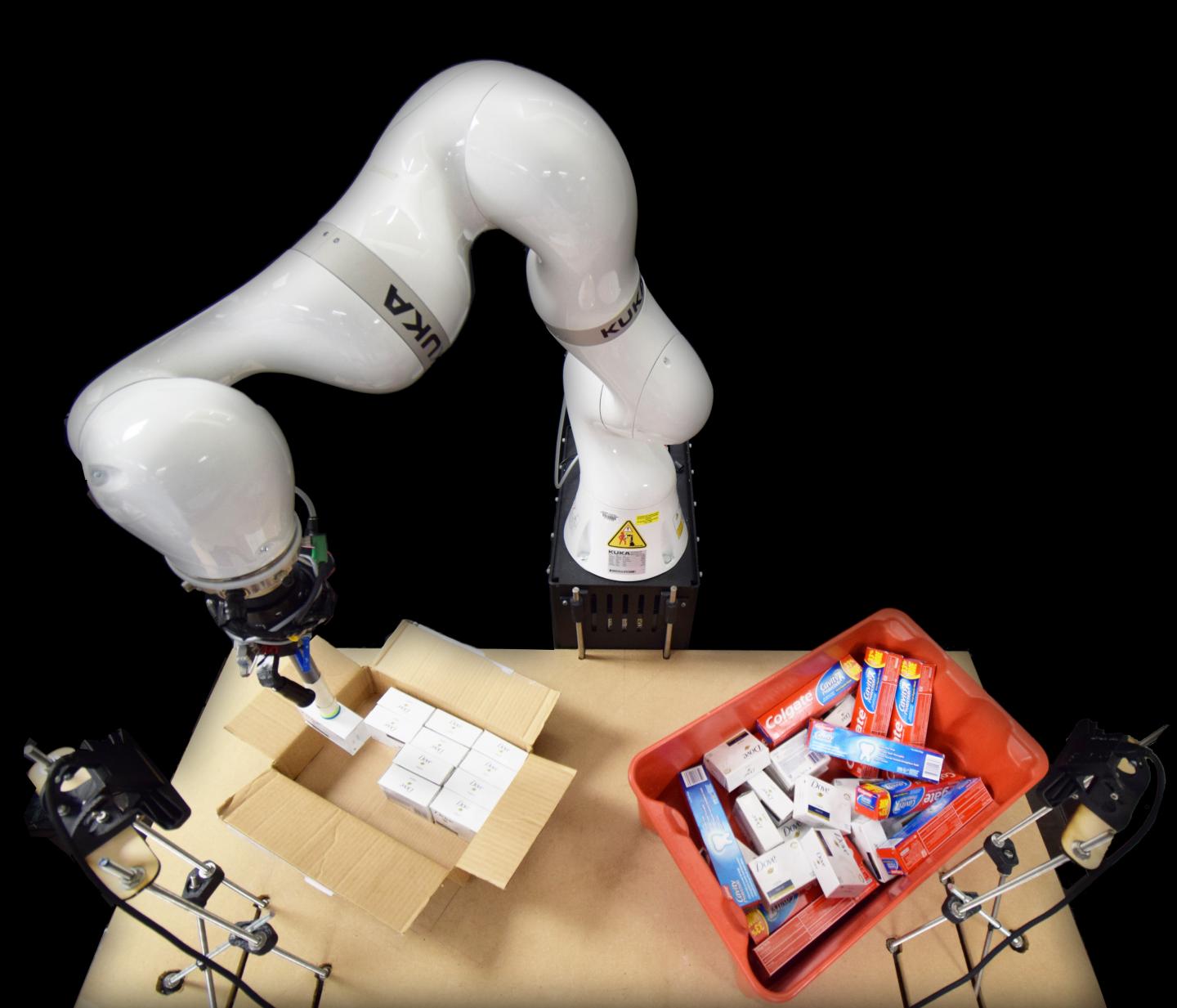Efficient product packing is critical to warehouse efficiency but still largely a manual task. Automating this task is important for companies’ competitiveness and allows people to focus on less menial and physically taxing work. Luckily the trend of deploying robots to perform logistics, retail and warehouse tasks means advances in robotics are accelerating at an unprecedented pace, often due to machine learning algorithms that allow for continuous experiments.
Recently, Rutgers University scientists were finalists for the Best Paper Award in Automation at the IEEE International Conference on Robotics and Automation. “We can achieve low-cost, automated solutions that are easily deployable. The key is to make minimal but effective hardware choices and focus on robust algorithms and software,” said the study’s senior author Kostas Bekris, an associate professor in the Department of Computer Science in the School of Arts and Sciences at Rutgers University-New Brunswick.
His team was looking to deal with multiple aspects of the robot packing problem in an integrated way through hardware, 3D perception and robust motion.
This YouTube video shows a Kuka robotic arm tightly packing objects from a bin into a shipping order box (five times actual speed).
The Rutgers study focused on placing objects from a bin into a small shipping box and tightly arranging them. This is a more difficult task for a robot compared with just picking up an object and dropping it into a box.
The researchers developed software and algorithms for their robotic arm. They used visual data and a simple suction cup, which doubles as a finger for pushing objects. The resulting system can topple objects to get a desirable surface for grabbing them. The arm uses sensor data to pull objects toward a targeted area and push them together. During these operations, it uses real-time monitoring to detect and avoid potential failures.
The study focused on packing cube-shaped objects. Next steps: packing objects of different shapes and sizes and exploring automatic learning by the robotic system after it’s given a specific task.
Source: Rutgers University

